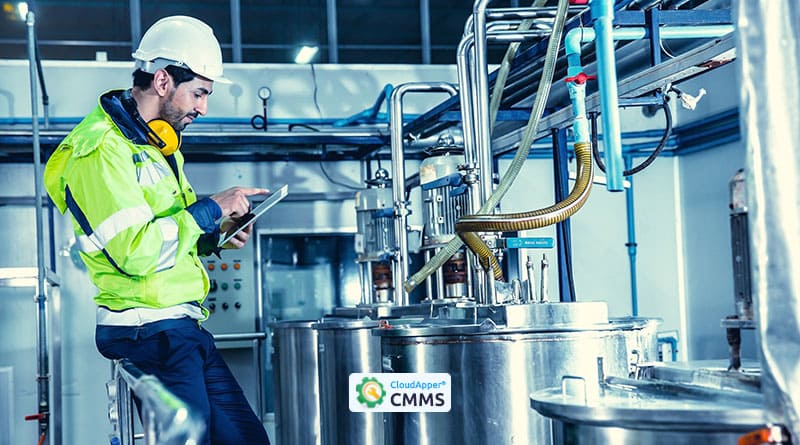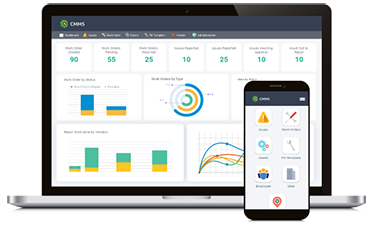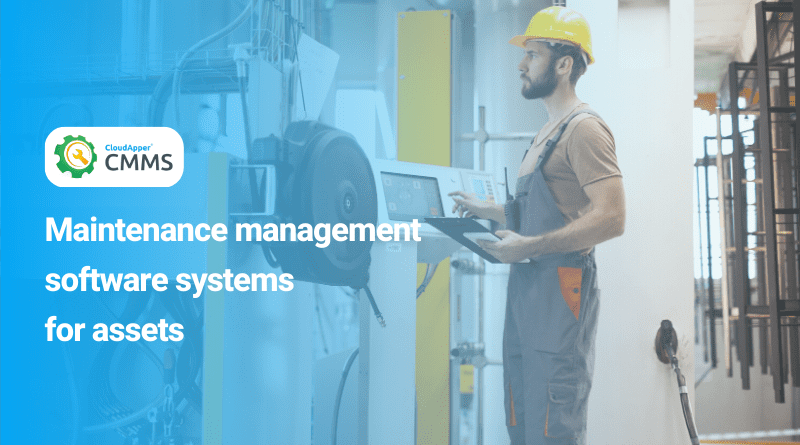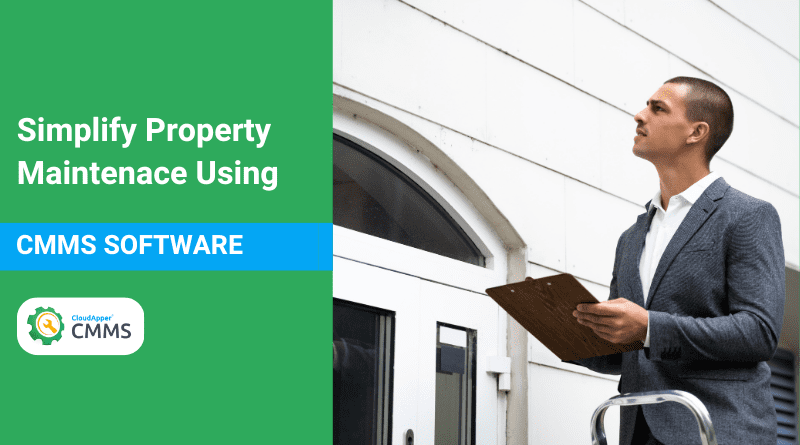Table of Contents
Regardless of the industry or discipline, routine maintenance (sometimes also referred to as preventative, predictive, or scheduled maintenance) is critical to maintaining operational efficiency. Unfortunately, most companies don’t have the robust strategies or any sort of routine maintenance program they need for the proper upkeep of their machines and equipment, which can create more problems.
Here are some typical routine maintenance issues and the kinds of problems they can create:
A shortfall in structure and scheduling
Usually, routine tasks involve performing work based on to-do list entries, with nothing in particular driving compliance. A list of tasks, each beginning with “Check…” and no other guidance has very little value. Such tick and flick routine maintenance programs fail to identify impending warning conditions that create future problems.
Multiple assets, similar duty, different strategies
Oftentimes, managers view the maintenance of each piece of equipment as a standalone object with different maintenance strategies. This results in creating dozens of maintenance strategies, eating up time and resources. In extreme cases, this can result in having completely different failure mechanisms and routine tasks for similar assets grouped differently, worded differently, and structured differently within the CMMS.
Operational focus
Oftentimes, managers will delay or even cancel the appropriate scheduled maintenance because they might be reluctant to take equipment out of service for maintenance in order to keep operations running. However, experience tells us that it can lead to longer downtime, costlier repairs, and other sorts of problems when equipment breaks down without a history of routine maintenance.
Reactive maintenance
There’s a saying that goes “too much of anything isn’t good.” Sometimes when companies suffer costly equipment failures due to a lack of maintenance, they overcompensate by then doing maintenance tasks more often than required. Hence, maintenance teams waste time by doing unnecessary work which can also increase the likelihood of future problems because unnecessary intrusive maintenance can cause equipment to malfunction.
Relying too heavily on past experience
Nothing beats experience but sometimes when tasks are done solely because “this is how we have always done it,” it can create problems for maintenance teams, whether they are over or under maintaining. Maintenance decisions are based on little more than hunches when there are no documented assumptions. In today’s business environment, “doing what we’ve always done” might not be the right approach for the current equipment.
Negligence causing infrequent but highly consequential failures
During routine inspections, maintenance teams usually address failures that happen too frequently. However, failures that also occur less frequently can be consequential and could significantly impact the business. Maintenance plans that are designed to address both types of failures prevent unnecessary risks.
Insufficient task instructions
Developing a good maintenance program with proper guidelines and best practices outlined requires time and effort. Yet, very often, organizations fail to capture all that hard-earned knowledge by creating clear, detailed instructions. Instead, they rely too much on the maintenance person only to lose that asset when the person leaves the team. Over time, insufficient instructions lead to poorly executed “quick-fix” tasks that create more problems as time goes by.
Assuming new equipment won’t fail
It is very common to assume new equipment won’t fail for a while or at least in the near future. For example, you purchased a new TV and can confidently tell that it won’t malfunction in two or three years. However, it is critical that you perform routine inspections to check for any performance degradation in new manufacturing equipment and machines.
Failure to improve from lack of review
The maintenance process won’t improve if completed tasks aren’t regularly reviewed to gather feedback on instructions, tools and spare parts required, and frequency. Overall, the quality of the maintenance program degrades and so does the performance of your equipment.
Not doing what should be done
All too often maintenance teams perform tasks based on their current skills and knowledge rather than the equipment requirements. With a good training plan, technical competency gaps can be addressed, however, tasks should always be driven by the equipment’s requirements.
Create more robust routine maintenance schedules with CMMS
All of the processes above, when done correctly, can be streamlined using CloudApper’s CMMS. Starting from training to creating a maintenance plan with detailed and clear guidelines to creating comprehensive reports for feedback, reviews, and better decision making, CMMS will make your maintenance tasks a whole lot easier.
What is CloudApper AI Platform?
CloudApper AI is an advanced platform that enables organizations to integrate AI into their existing enterprise systems effortlessly, without the need for technical expertise, costly development, or upgrading the underlying infrastructure. By transforming legacy systems into AI-capable solutions, CloudApper allows companies to harness the power of Generative AI quickly and efficiently. This approach has been successfully implemented with leading systems like UKG, Workday, Oracle, Paradox, Amazon AWS Bedrock and can be applied across various industries, helping businesses enhance productivity, automate processes, and gain deeper insights without the usual complexities. With CloudApper AI, you can start experiencing the transformative benefits of AI today. Learn More

















